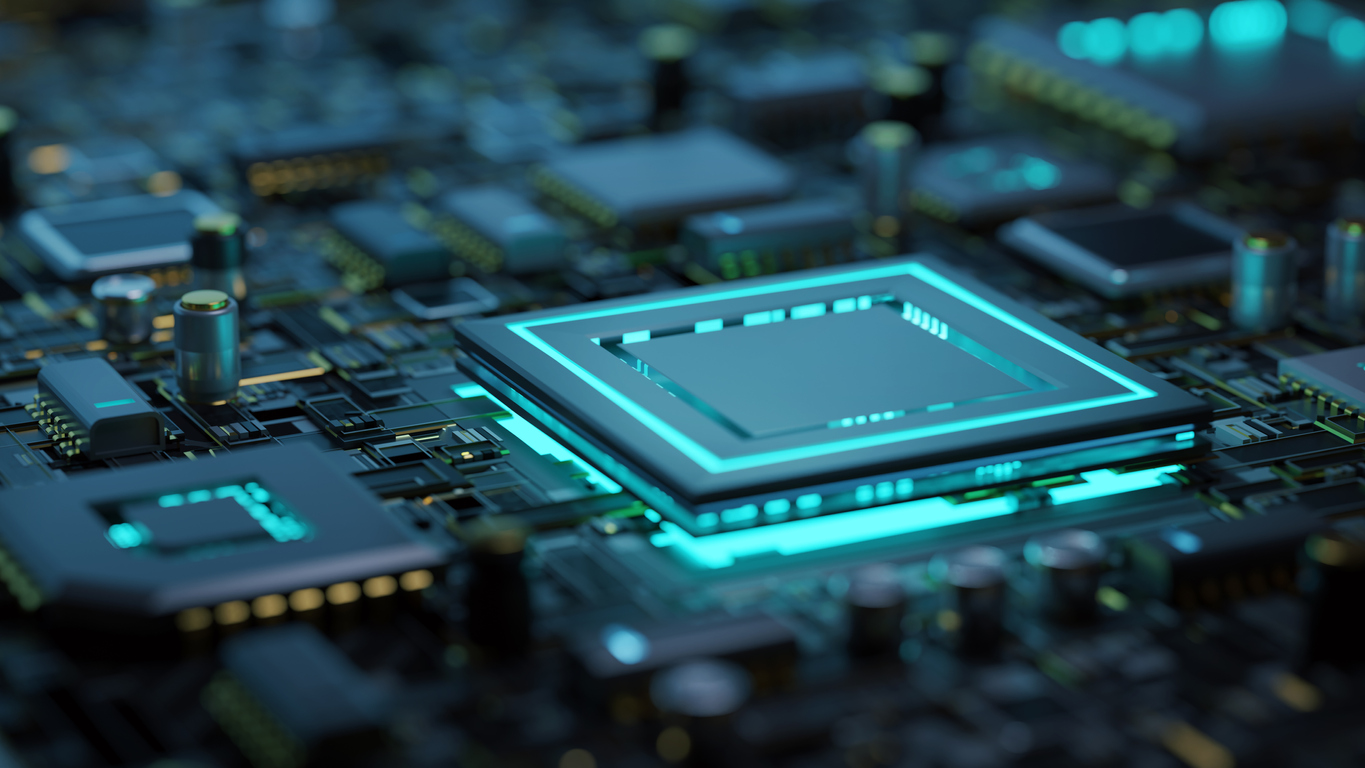SigmaSense has pioneered a breakthrough in sensing technology with “Direct-to-Digital” complex impedance measurement, enabling field-ready silicon implementations of EIS for impactful in-situ data collection on battery performance and behavior.
Widely applied for characterizing Li-ion batteries, EIS offers invaluable insights into the complex interplay of charge transfer, internal resistance, and diffusion characteristics, enabling manufacturers, OEMs, ODMs, and researchers to unlock the full potential of these energy storage devices. The advantages of using EIS measurements in real-world battery systems are compelling, but its widespread adoption has been hindered by the limitations of traditional laboratory-based potentiostats. These devices are bulky and expensive and are not suitable for in-the-field measurements. The future of in-situ EIS lies in the development of semiconductor chips, which offer a host of advantages that make them the ideal solution for scaling EIS technology in the battery ecosystem.
The advantages of using an EIS semiconductor chip compared to a commercial potentiostat in battery measurements are several:
- Miniaturization and portability: EIS semiconductor chips are small and compact making integration into battery systems and portable devices possible. It is virtually impossible to deploy commercial potentiostats in the field and at scale. Semiconductor chips can be directly integrated into batteries or battery systems allowing for in-situ measurements enabling real-time insights into the battery’s impedance characteristics under actual operating conditions, enhancing the understanding of battery behavior and performance.
- Faster measurements: EIS semiconductor chips are purpose-built for battery systems meaning that they are optimized for rapid and continuous collection of EIS data. This advantage is particularly beneficial for high-throughput testing, analysis, and monitoring for rapid impedance changes that are a precursor to catastrophic events.
- Lower power consumption: Power matters everywhere and even more so in battery-operated systems. Semiconductor chips have much lower power consumption than commercial potentiostats and can even be powered by the battery being measured. This energy efficiency is advantageous as it helps conserve battery life.
- Higher signal-to-noise (SNR) and sensitivity: Semiconductor chips can be designed with very high SNR allowing for EIS measurements using lower currents than commercial potentiostats. This is advantageous for both power considerations and mitigating deleterious battery impacts while being measured.
- Better noise rejection: Commercial potentiostats are designed for laboratory environments with electrically quiet, controlled conditions. The real world is not so nice and there are many sources of noise and interference. Semiconductor chips can be designed with powerful digital filtering and DSP algorithms that extract the signal and reject the noise.
- Cost-effectiveness: Semiconductor chips are several orders of magnitude more cost-effective than commercial potentiostats.
- Scalability and mass production: Semiconductor chips can be produced in nearly unlimited quantities. Their low cost and manufacturability make them suitable for mass production. This scalability allows for large-scale deployment and widespread adoption of EIS technology in battery research, development, manufacturing, and operation.
The development and integration of EIS semiconductor chips into battery systems are poised to revolutionize the way we analyze and optimize energy storage devices. By overcoming the limitations of traditional potentiostats, these compact, efficient, and cost-effective chips enable real-time, in-situ measurements that provide invaluable insights into battery performance and behavior. As the demand for advanced battery technologies continues to grow, the widespread adoption of EIS semiconductor chips will be instrumental in driving innovation and improving the performance, safety, and longevity of energy storage systems. By harnessing the power of EIS technology at scale, we can unlock the full potential of batteries and propel the energy storage industry into a new era of efficiency and sustainability.
Dr. Gerald Morrison
Chief Technical Officer




